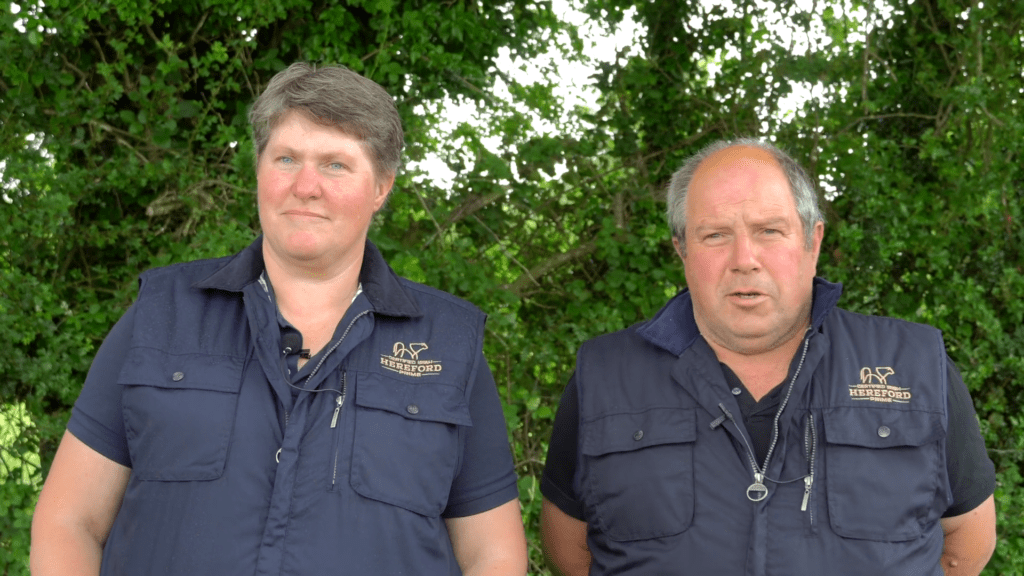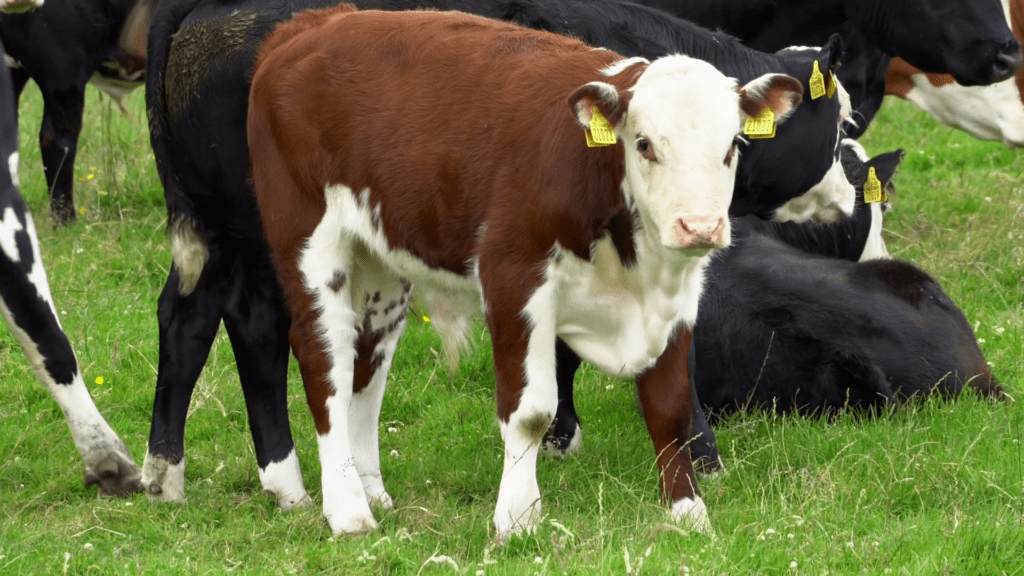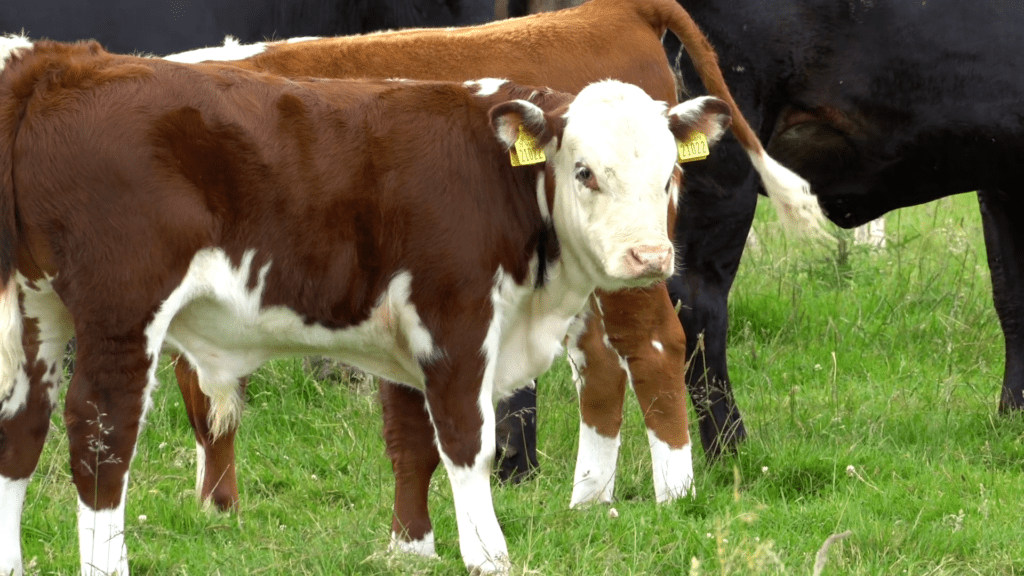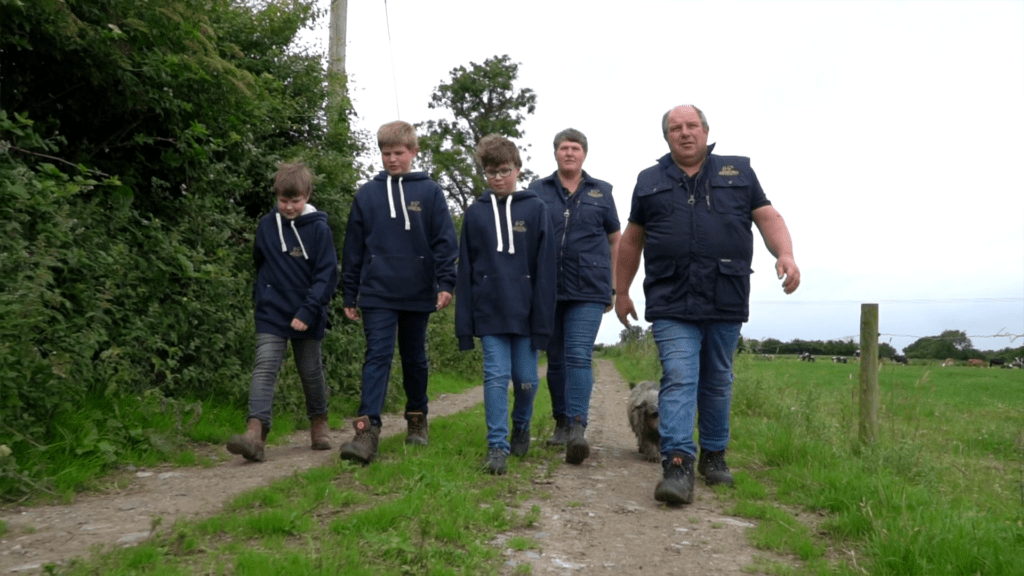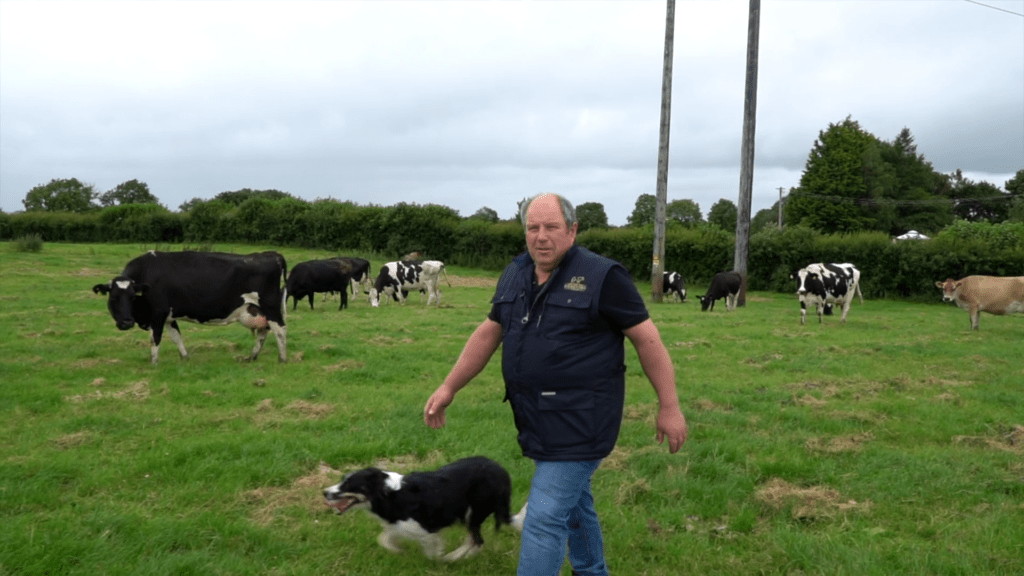Typically, we use Friesian AI for the first six weeks of the breeding season with the dairy cows and then the Hereford bulls are put to work. However, this coming breeding season we plan on using Friesian sexed semen, to breed our dairy replacement heifers more efficiently. This will allow us to produce more Hereford cross beef animals from our dairy herd. We will continue to use a Hereford bull to serve the replacement Friesian heifers.
When selecting which Hereford bulls to use through AI, we don’t focus too much on the Dairy Beef Index, we tend to research the bloodlines and consult with our AI technician. We would usually use our own judgement of how the bull looks visually before making any final decision.
We find that Hereford animals are very easy to manage. Calving is usually straight -forward and calf vigour is a big plus, they get up and get on with sucking. They are a low input easy to finish breed with less concentrates needed to achieve a suitable level of fat cover. Our Hereford animals are all brought to finish on the farm, with steers at under 24 months and heifers between 16 and 19 months.
We currently have no winter crops on the farm, although we have had redstart and kale in certain fields in the past. We are selective about the fields we choose to plant forage crops in due to field soil type, field history, location and available shelter. We soil sample every three years and we manage the grass mainly through a paddock system.
Our milking parlour is being upgraded at the moment, we’re doubling up our milking units and we are really hoping that this will help us to save time in our working day. With three young children and a house to run, we’ve a lot going on, and that’s on top of the farm work every day.
We’d love our children to take over the farm in time, so we work hard to ensure that it is preserved properly for their future. We farm with the environment in mind, our hedges are cut in a three-year rotation, we have planted trees in low lying areas in the past and plan to plant more trees and hedges, and start an orchard in the future. These hedges provide shelter to our livestock on the farm while simultaneously providing habitats for many of the wildlife present here on the land. Our farm is home to buzzards, long eared owls, otters, pine martins, foxes, badgers, jays, egrets and even falcons. As can be seen from the photos these wild animals are quite private and keep their distance when in their natural habitat.

